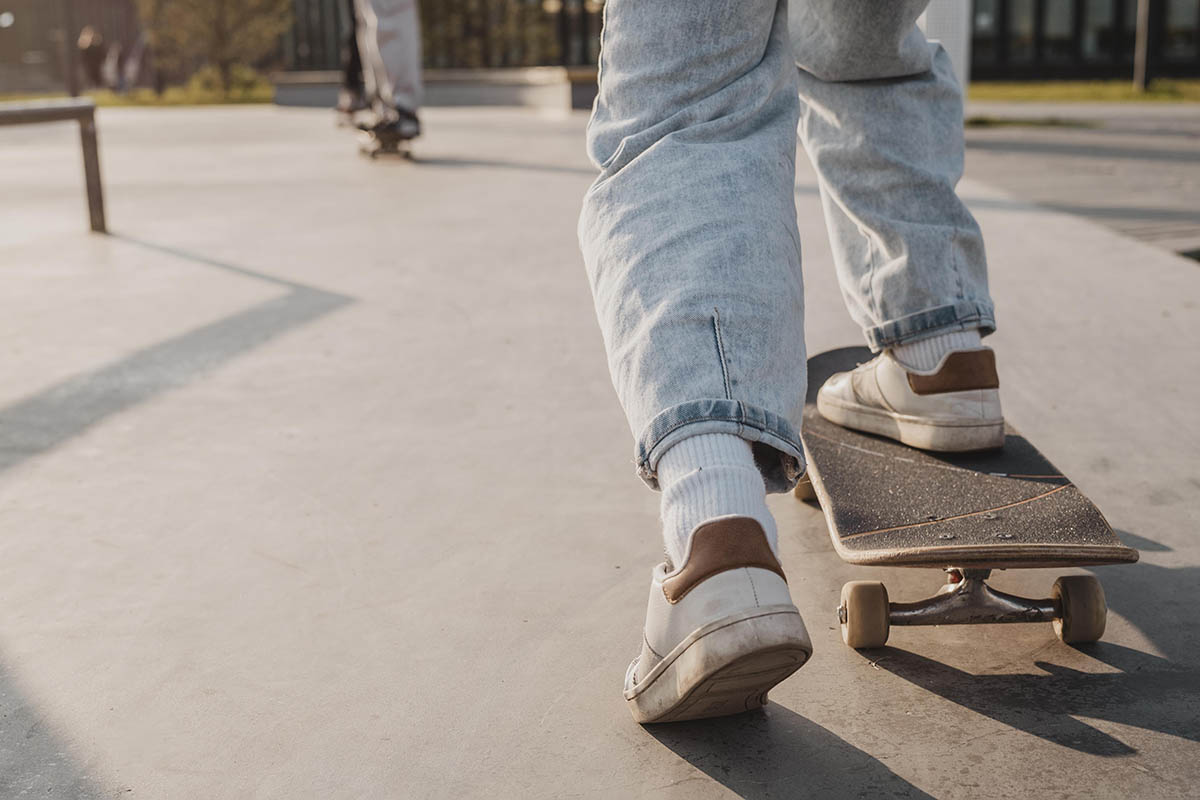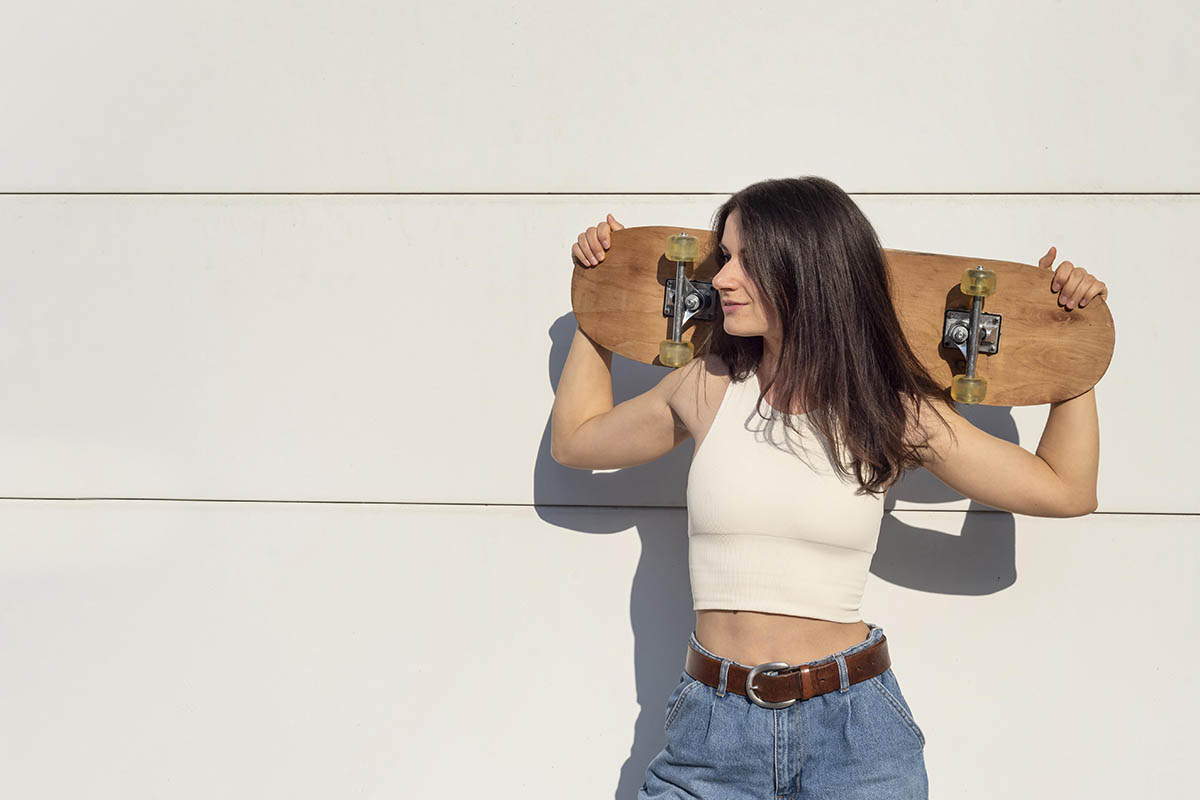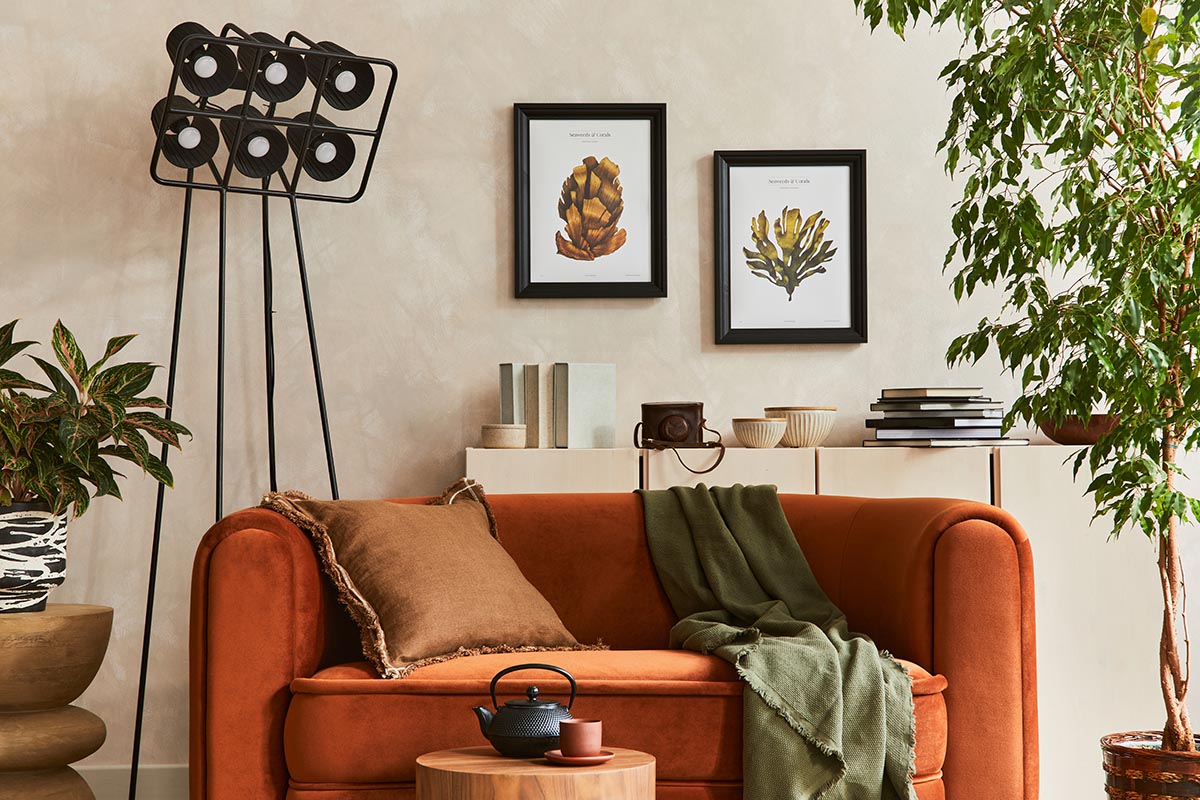What Are the Different Types of Skateboard Shapes?
Choosing the right skateboard deck to purchase can be overwhelming since there are many options available. A deck is a platform on which the rider balances and is typically made of seven layers of maple wood stuck together using a strong adhesive.
Skateboards come in different sizes and shapes. Picking the most appropriate skateboard shape to suit your needs is essential to ensure a great experience while skating. This article addresses the different shapes and types of boards currently on the market to simplify this decision.
Types of Skateboard Shapes
The following are some of the most common types currently on the market:
Standard Skateboard Shape
This board is lightweight, narrow, and typically has an angled nose and tail that are almost symmetrical. Riders sometimes describe it as having a popsicle shape. They also have a shorter wheelbase, which improves their agility.
This board is perfect for beginners as it is suited for various settings such as skate parks and street skating. It is also appropriate for riders who want to perform tricks, as the angled ends make it easier for you to flip the board while riding.
Cruiser Board Shape
This board is longer and lighter than a standard board. Cruiser board skateboard shapes typically have an elevated tail, though some are flat. In addition, it has large, soft wheels which tolerate cracks, pebbles, and stones better.
Riders mostly use it for short-distance travel since it is portable and better suited for the streets. The elevated tail also enables riders to jump onto and off of street curbs during trips. However, it is important to note that this board can become unstable when a rider is going too fast.
Types of Skateboard Shapes: Longboard Shape
This board is long, broad, and doesn’t have an angled nose or tail. Instead, it has a longer wheelbase, which is the distance between the board tracks, giving it more stability. It also has a reverse kingpin, which further increases its stability and makes it easier for a rider to balance.
The longboard shape is suitable for beginners, long-distance travel, and going down hills at high speeds due to its increased stability. It is also better fitted for carving and powerslides. However, it is the heaviest of the three boards and is thus neither the most responsive nor portable, but it maintains momentum.
Skateboard Concave
Skateboard concave is the general longitudinal curvature of the deck. This characteristic significantly contributes to a board’s purpose. Based on concave, skateboards can be classified as:
- High concave: These boards’ edges are more elevated, making them more suitable for performing tricks. Some standard skateboards can fall under this category.
- Medium concave: These are the best for beginners who are uncertain on which curvature suits them best as it is a middle ground.
- Low concave: These boards are the most stable but the least suited to perform tricks. Longboards fall under this category.
In conclusion, there is no right or wrong skateboard shape. This article only seeks to help those who need more insight before purchasing a skateboard. The best way to establish the board that is best suited for your needs is to try different skateboard shapes and get their feel. It’s also important to consider other factors like body weight, height, and shoe size when choosing a skateboard shape.




















